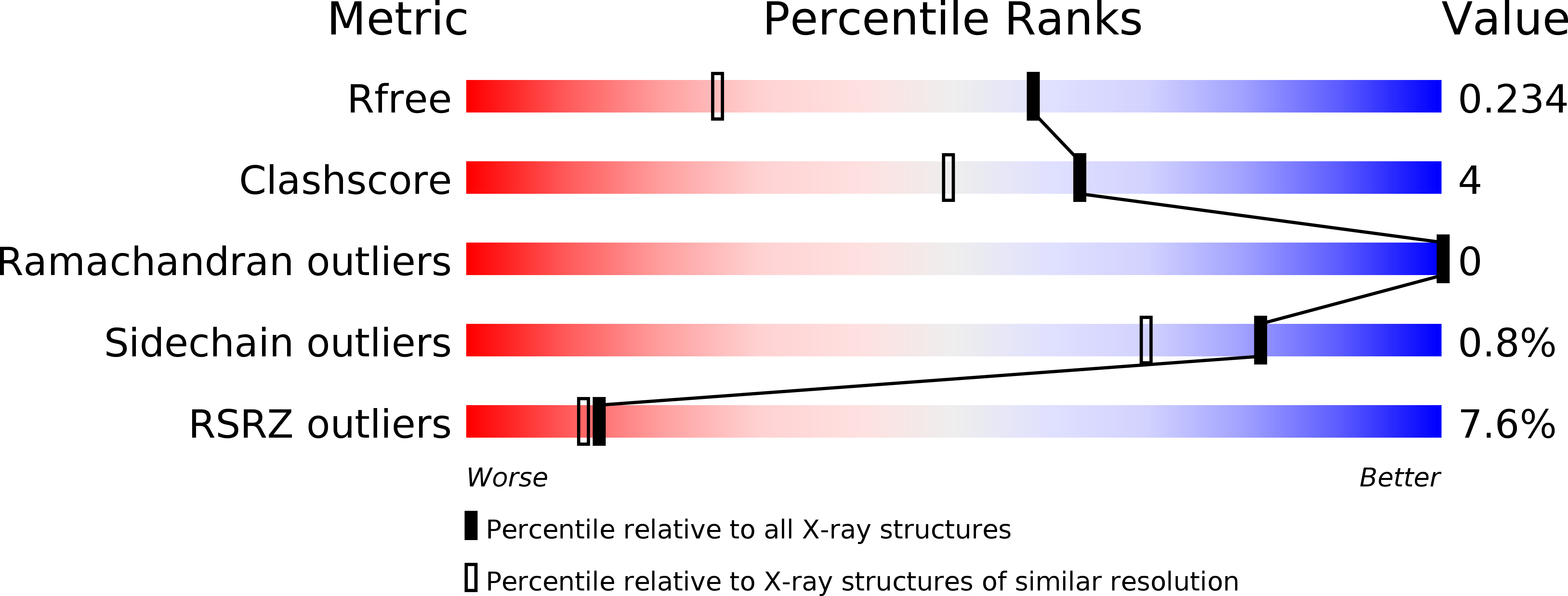
Deposition Date
2007-04-10
Release Date
2008-02-19
Last Version Date
2023-10-25
Entry Detail
PDB ID:
2YV9
Keywords:
Title:
Crystal structure of the CLIC homologue EXC-4 from c. elegans
Biological Source:
Source Organism:
Caenorhabditis elegans (Taxon ID: 6239)
Host Organism:
Method Details:
Experimental Method:
Resolution:
1.60 Å
R-Value Free:
0.23
R-Value Work:
0.18
R-Value Observed:
0.19
Space Group:
P 1 21 1


